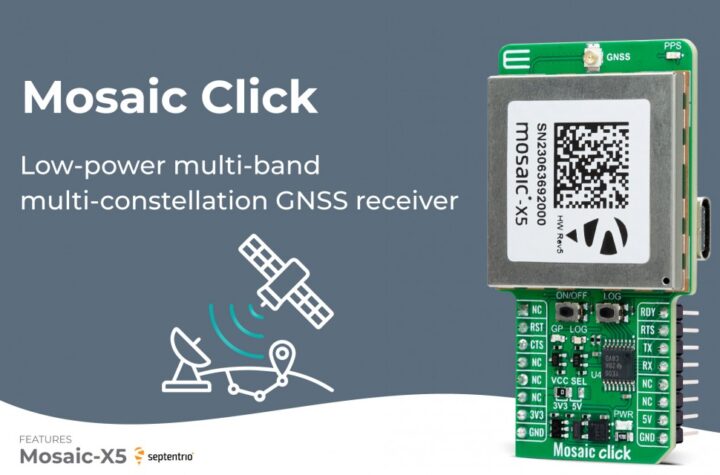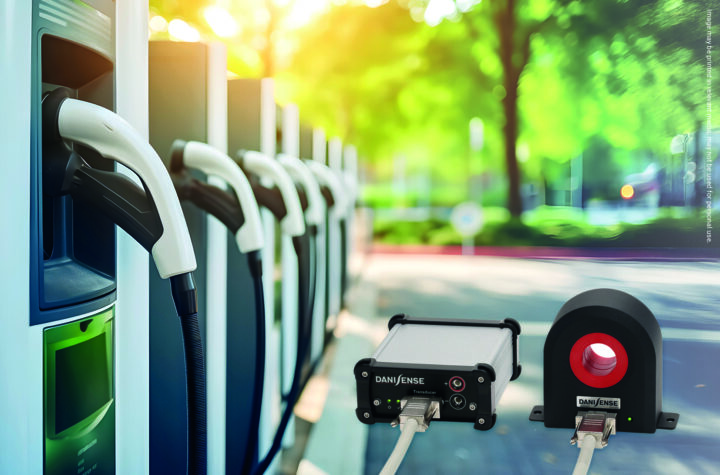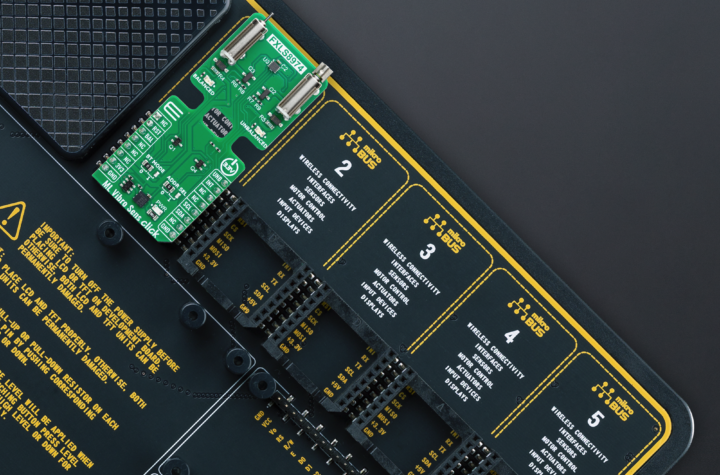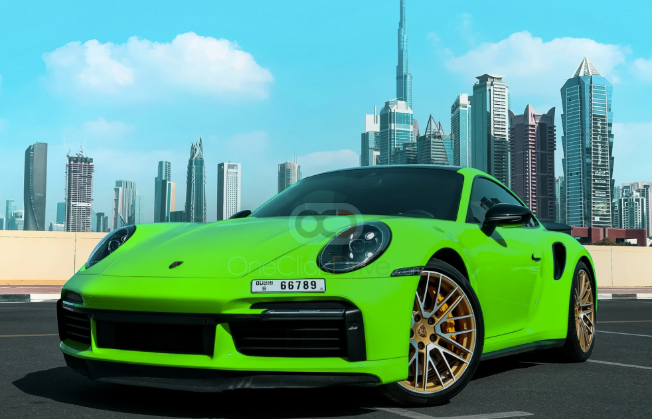
The situation
Following the deposition of Ukrainian president ViktorYanukovych on February 22nd, and the formation of a temporary government byopposition forces, Russian armed forces have entered the autonomous Crimeanregion of the Ukraine and blockaded Ukrainian military installations. Thedeployment of Russian forces and Ukraine’s decision to mobilize its military,have heightened the risk of conflict in Crimea. With Russia undertakinglarge-scale military training exercises near its Western border with Ukraine,the risk remains that any perceived provocation by the Kiev government couldalso lead it to intervene militarily in eastern Ukraine, escalating the crisisto a point of potential inter-state conflict. The crisis has been called’Europe’s biggest crisis of the 21st Century’ by the UK’s Foreign MinisterWilliam Hague.
OEM response
The situation of course has significant potentialimplications for companies operating in the Russian market’s automotive sphere.At the Geneva Motor Show, senior executives of OEMs gave some of theirreactions to the ongoing crisis. Speaking to Bloomberg, Renault’s chiefperformance officer Jerome Stoll said, “In Russia we have a lot ofeconomic and financial interests. Our localization rate is already very high;we are close to 80 percent to 85 percent, so we are not too worried by thedevaluation. The main issue is the evolving political situation.” Renaultis the global OEM which has made the biggest commitment to Russia. Its plan totake a 74.5% stake in Russia’s largest carmaker AvtoVAZ by mid-2014 is acentral component of its global strategy and Renault and Nissan also havestandalone manufacturing facilities. Ford is also heavily committed to themarket. The company’s Executive Vice President and President of Europe, MiddleEast and Africa Stephen Odell said, “The latest situation is very volatileand we are closely monitoring it. We won’t do anything short term. It’s tooearly to jump to any conclusions.” General Motors (GM) also significantinterests in Russia, including its own standalone manufacturing facility in St.Petersburg and a JV with AvtoVAZ at the latter’s Togliatti base. GM PresidentDan Amman said, “We’re watching the situation very closely on all frontsto be prepared to act. It’s a big market for us.”
Potential OEM and Supplier Implications
The latest iteration of the Decree 166 government policy,which is the regulatory framework for investing in the Russian automotiveindustry for foreign OEMs and Tier 1 and Tier 2 suppliers, has its core thedesire to create the environment to encourage foreign direct investment (FDI)in the Russian automotive industry, and in the supplier base in particular.However, instead of encouraging investment through tax breaks or otherincentives, the Russian government has looked to compel foreign OEMs to formpartnerships with local assemblers with a commitment to manufacturing in excessof 300,000 units. These entry conditions are difficult for new OEMs to satisfy,with Fiat in particular long having struggled to come up with a cohesive planto manufacture in Russia in a way that makes commercial sense. Given thecurrent situation in Crimea, it is of course highly likely any pendingnegotiations over JV investment or investments in supplier plants will be puton hold. OEMs and suppliers are also likely to be increasingly wary in thefuture in terms of committing to fresh investment It is also truethat with its planned takeover of AvtoVAZ, and associated shared productionoperations with the company, as well as standalone production operations inRussia, Renault/Nissan has the most to lose if the situation deteriorates. Thisis a critical time for the Renault-Nissan/AvtoVAZ relationship with Renaultpreparing to begin production of the Logan at the AvtoVAZ’s Togliatti plant,which also now manufacturers the Nissan Almera. Renault-Nissan is also planningfull takeover and integration of AvtoVAZ into its own operations by mid-2014with the company planning to complete a complex takeover process through theacquisition of a 74.5% stake in AvtoVAZ. The gestation of the deal has beenextremely long, largely as a result of Russian government interference, real orthreatened, with Renault first acquiring a 25% stake in AvtoVAZ as far back asMarch 2008. However, it is too early to give any definitive predictions of whatthe implications of the situation in Crimea will be for individual OEMs as thegeo-political and military situation on the ground is developing rapidly andremains fluid.
Implications for the Russian Sales Forecast
For Russia, IHS Automotive analysts consider that all thecurrent negative developments in Russian economy (Ruble depreciation,inflation, lack of investments and capital outflow) will accelerate by possiblesanctions from western countries and organizations as a result of the disputebetween Ukraine and Russia. For our base line we will slightly reduce ourforecast from -3.8% market decline in 2014 (January Forecast) to -7% (MarchForecast). In the base scenario we consider the implementation of intensediplomacy to resolve the Crimea conflict and some easing of the situationimmediately after new presidential elections in May 2014. In ourpessimistic scenario we consider prolonged armed conflict in the region andimplementation of sanctions against Russia. In this case Russia will suffer notonly from sanctions but also from deterioration of its image as a country toinvest to. According to our pessimistic outlook, the LVS market will fall 10%this year and post a negative growth rate next year too. The market is expectedto gain momentum in 2016.
Implications for Ukrainian Sales Forecast
For the Ukrainian sales forecast, we would expect adecline by 6.8% compared with the previous year, e.g. from 218,164 to 203,403units in terms of registrations (statistics used in IHS Cornerstone). In termsof sales (official statistics used by the Ukrainian Automotive AssociationUkrAutoProm), the figures would be a bit different: 213,322 units in 2013 and202,796 units in 2014.
The reasons why IHS Automotive analysts don’t expect amore serious decline in 2014 despite the political turmoil are the following:
1. Surprisingly, in the first 2 months of 2014 sales weregrowing. According to the statistics of UkrAutoProm, in January-February 2014passenger car sales went up by 5.8% y/y to 27,078 units. In February 15,204passenger cars were sold, 11.9% more than a year before. Car production inFebruary soared by 83% (!) y/y to 5,344 units.
2. Of course the increase in sales in January-Februarymust have had to do with the depreciation of hryvna – Ukrainian nationalcurrency. The customers hurried up to buy a car before dealers could change theprice lists. The increase in sales is however likely to be followed by adecline in March (due to the political situation) and by an even strongery/y-decrease in April (in April 2013 the sales in Ukraine were unnaturallyhigh, because the population rushed to buy cars before the introduction ofadditional customs duties, which were imposed in the end of the month). InMarch-April a drop by 25-30% y/y is quite probable. But in the middle of theyear, as the political situation hopefully normalizes after presidentialelections on May 25, we would expect a certain rebound.
3. After the elections on May 25, Ukraine’s partners inthe West are likely to be more generous with the financial assistance to thecountry, and even some support from Russia is not to be ruled out (though it ishardly imaginable under the current conditions). Much will depend of course onwho becomes president of Ukraine.
4. The new “provisional†government of Ukraine has statedthat it would take up negotiations on the Association Agreement with the EU,which were put on hold by the previous Ukrainian leadership. One of thepreconditions for signing this agreement was that Ukraine abolishes theadditional customs duties on cars with the engine volume of 1.0 to 2.2 litre.This will have a negative effect on local production but will make importedcars more affordable (imports still make up around ¾ of all cars sold inUkraine).
5. In November-December 2013 the Ukrainian car market wasalready affected by the riots in Kiev and was far below its previous year’slevel. Therefore IHS Automotive expects that in November-December 2014 themarket will be above the level of 2013.














More Stories
Mosaic Click board from MIKROE delivers global coverage multi-band and multi-constellation tracking ability
Current transducer from Danisense selected for DC charging station testing device demonstrator at TU Graz
New Click board from MIKROE helps develop and train ML models for vibration analysis